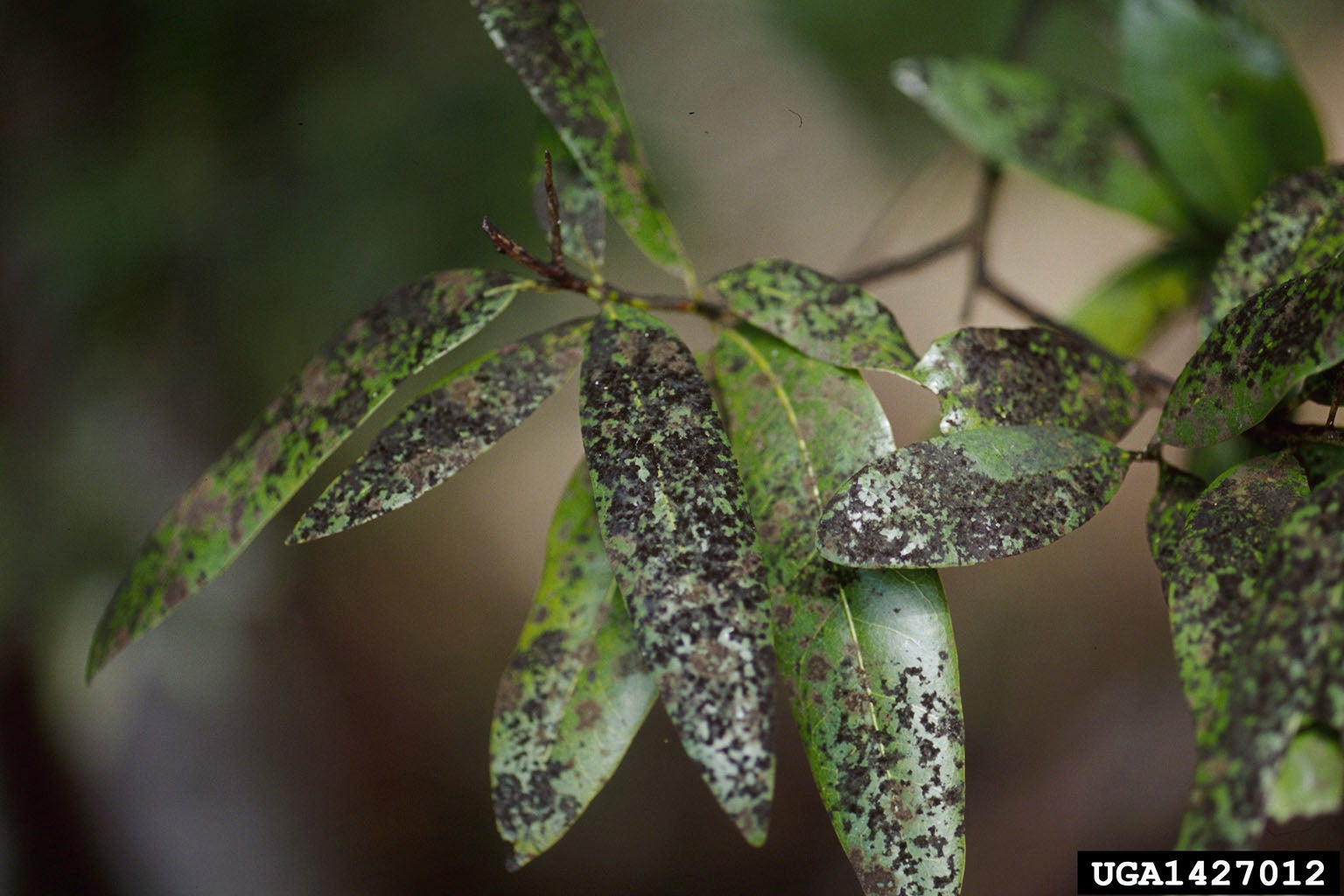How To Get Rid Of Sooty Mold


If your plant has started to look like it has been spending time sitting next to a fire and is now covered in a black soot, chances are that your plant is suffering from sooty mold. How to get rid of sooty mold can be a perplexing question as it may seem that it appears out of nowhere, but it is a fixable problem.
What is Sooty Mold?
Sooty mold is a type of plant mold. It is a type of mold that grows in the honeydew or secretion of many common plant pests, such as aphids or scale. The pests cover the leaves of your plant in honeydew and the sooty mold spore lands on the honeydew and begins to reproduce.
Symptoms of Sooty Plant Mold Growth
Sooty mold looks a lot like the name implies. Your plant's twigs, branches, or leaves will be covered in a grimy, black soot. Many people believe that someone may have dumped ashes or may have even caught the plant on fire when they first see this plant mold.
Most plants affected by this plant mold growth will also have some sort of pest problem. Some plants, like gardenias and roses, which are prone to pest problems, will be more susceptible to this plant mold growth.
How to Get Rid of Sooty Mold
Treating plant mold like sooty mold is best done by treating the source of the problem. This would be the pests that excrete the honeydew the mold needs to live. First, determine which pest you have and then eliminate it from your plant. Once the pest problem has been solved, the sooty plant mold growth can be easily washed off the leaves, stems, and branches. Neem oil is an effective treatment for both the pest problem and fungus.
Will Sooty Mold Kill My Plant?
This plant mold growth is generally not lethal to plants, but the pests that it needs to grow can kill a plant. At the first sign of sooty mold, find the pest that is producing the honeydew and eliminate it.
Sign up for the Gardening Know How newsletter today and receive a free copy of our e-book "How to Grow Delicious Tomatoes".

Heather Rhoades founded Gardening Know How in 2007. She holds degrees from Cleveland State University and Northern Kentucky University. She is an avid gardener with a passion for community, and is a recipient of the Master Gardeners of Ohio Lifetime Achievement Award.